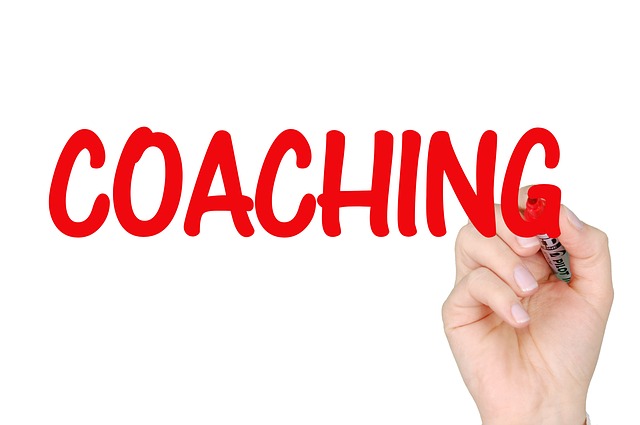The Butterfly Effect
I was a philosophy major as an undergraduate and for my senior thesis I found myself wrestling with determinism v. free will. Are we on a pre-planned course? Do we have the capacity to change the world? My answer at the time was that everything is in effect determined by all that has come before, that we are on a track rolling toward our destiny, but we still must choose our course based on what we know and feel at the time to be right, and that is, in effect, free will.
So, who would think some xx years later, I’d read a small statement that brought me back to those heady college days.
Butterfly Effect
The scientific theory that a single occurrence,
no matter how small,
can change the course of the universe
forever.
This concept emerges from chaos theory[i] and challenges my notion of determinism. Chaos theory proposes that in complex systems, small changes can have unpredicted effects. That is why weather prediction, while getting more accurate, still remains a matter of probabilities… or predicting the stock market, election results, etc. And interestingly, in research, we know that just having an observer can influence the outcome.
So, this got me to thinking about my coaching and organizational development work. I thought about DiSC™ styles. DiSC™ identifies four different ways healthy people approach the world (in various combinations) as ways we can better understand ourselves and others. One of the key elements it explores is sense of control. Some of us tend to think we control our world (let me lead) and others that we must respond to our world (let me prepare).
Those that think we control our world tend to be action oriented, decisive and fast-paced. I associated that with the concept of free-will, creating one’s destiny. Those that think we must respond to what the world hands us tend to be more analytical, deliberative and more moderate-paced. I associated that with the concept of determinism, having to accept what happens.
The Butterfly effect suggests that we all have impact whether we are aware of it or not – that how I act or even if I act is a choice that impacts my world. I sometimes feel very small, unimportant and of little value. I can convince myself that whether I take action, donate to a cause, speak up or stand up will make little difference. But the Butterfly Effect reminds me that I what I do or don’t do makes a difference. We are all interconnected, and our actions matter even when we don’t know it.
Heraclitus stated, “The only constant is change.” This was true some 2500 years ago, and is even more so, now. Our world is complex, rapidly changing, and only somewhat predictable…so let me do as much as I can to prepare (responding to the world) and then step up (creating our destiny) as I need to.
How do I prepare? I keep current on what is happening in my world, in my sphere of influence. I consider possibilities and probabilities and what resources and actions might be required. I also consider my values, my priorities and sense of purpose so that I base my course of action on what is important.
How do I step up and lead? I use all my preparation to allow thoughtful and meaningful decisions in the time frame that is required. I avoid knee jerk reactions or being immobilized because I was not prepared.
And I whether I tend to be more action or preparation oriented, I find trusted people in my world who complement my strengths and skills and join me in actions and decisions…without always knowing the results of our actions and decisions. And I accept the fact that the end results may not be what I thought they would be.
In my first career, I was a youth and family counselor. I provided prevention and early intervention work to middle school students. I met with a group of 7th grade girls to help them adjust to adolescence and middle school. One of the girls never spoke in the group and I wondered why she kept coming and doubted anything we did was making a difference. Some four years later, I was walking down the halls of a high school when a young woman approached me and called me by name. It was this same young woman, now a confident and successful junior in high school. I told her that I was surprised she recognized me and she said something I will never forgot. “I remember everyone who tried to help me.”
So, consider the Butterfly Effect in human behavior as well as in the physical world. Every day we make choices about where we put our energy, how we behave, what we do…and what we think. We make a difference in our world mindfully or heedlessly.
On November 9th, Thunderbird Leadership will be sponsoring our 12th Annual Leadership Summit, Being on Purpose: Small Enough to Manage, Big Enough to Matter. We’ll be exploring how we can intentionally impact our world from our own little spot on our own little planet. For more information go to: http://thunderbirdleadership.com/event/12th-annual-leadership-summit-being-on-purpose
“Wherever you are, be there totally. If you find your here and now intolerable and it makes you unhappy, you have three options: remove yourself from the situation, change it, or accept it totally. If you want to take responsibility for your life, you must choose one of those three options, and you must choose now. Then accept the consequences.” – Eckhart Tolle
[i] For a brief introduction to the Butterfly Effect and Chaos Theory check out: https://www.americanscientist.org/article/understanding-the-butterfly-effect
https://www.forbes.com/sites/startswithabang/2018/02/13/chaos-theory-the-butterfly-effect-and-the-computer-glitch-that-started-it-all/#58b6d90269f6









